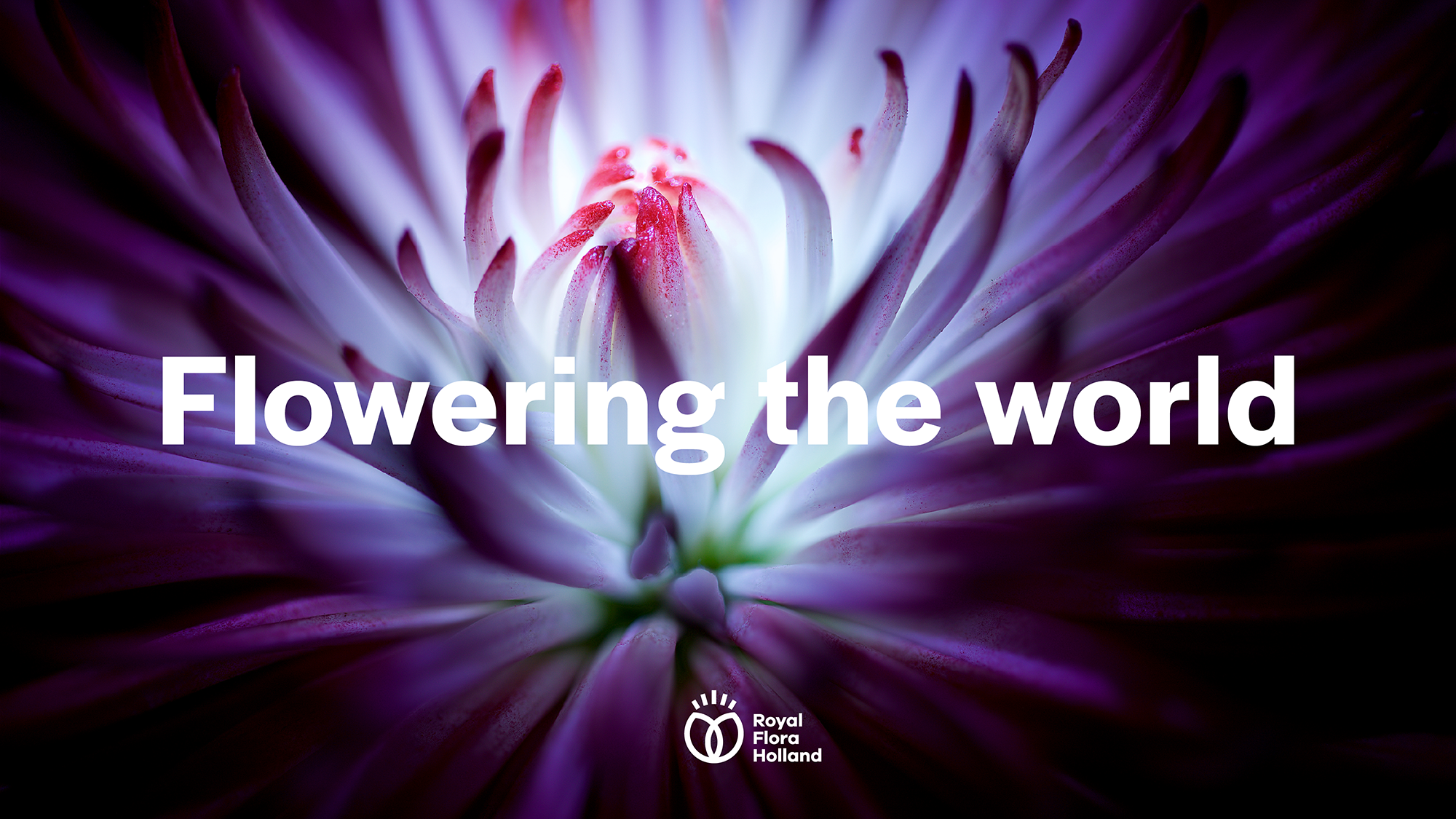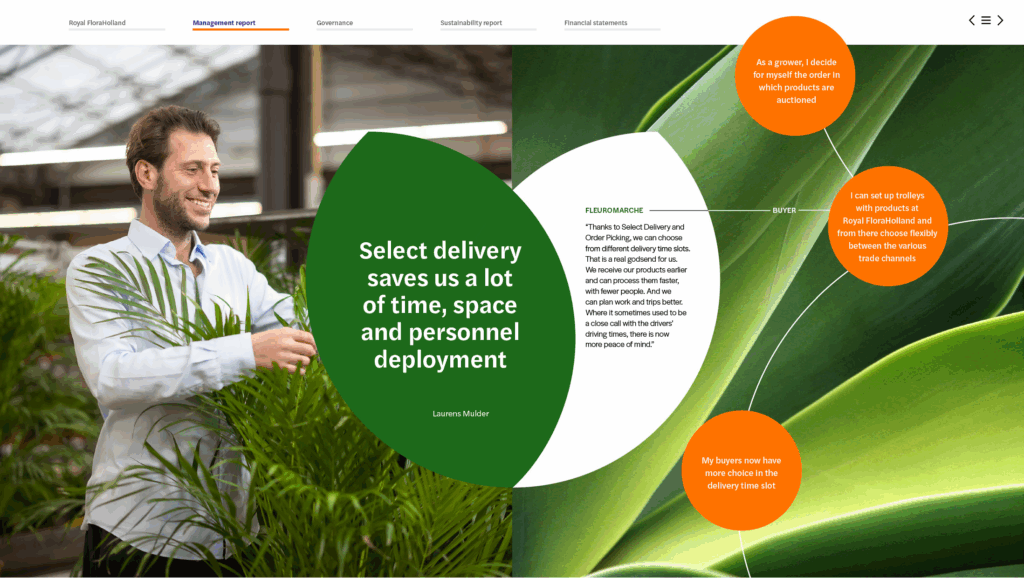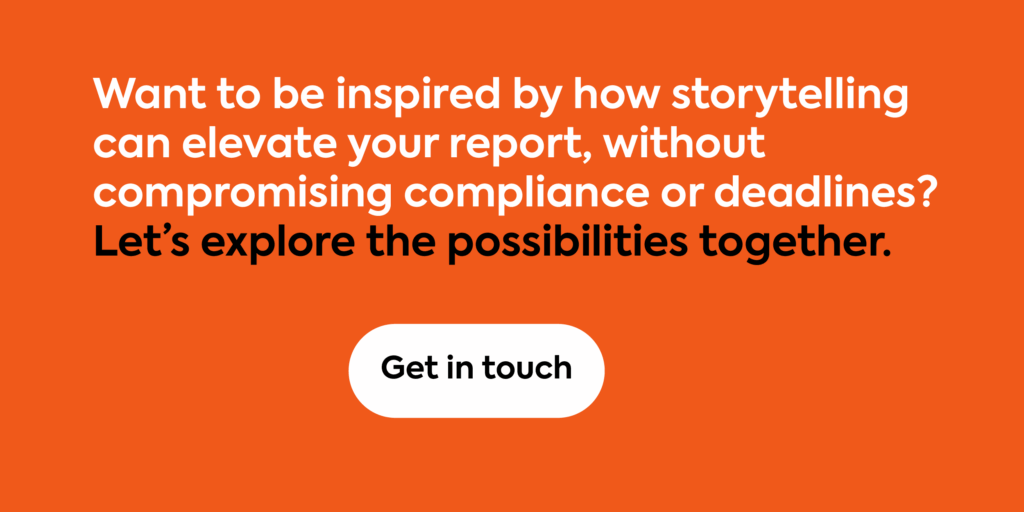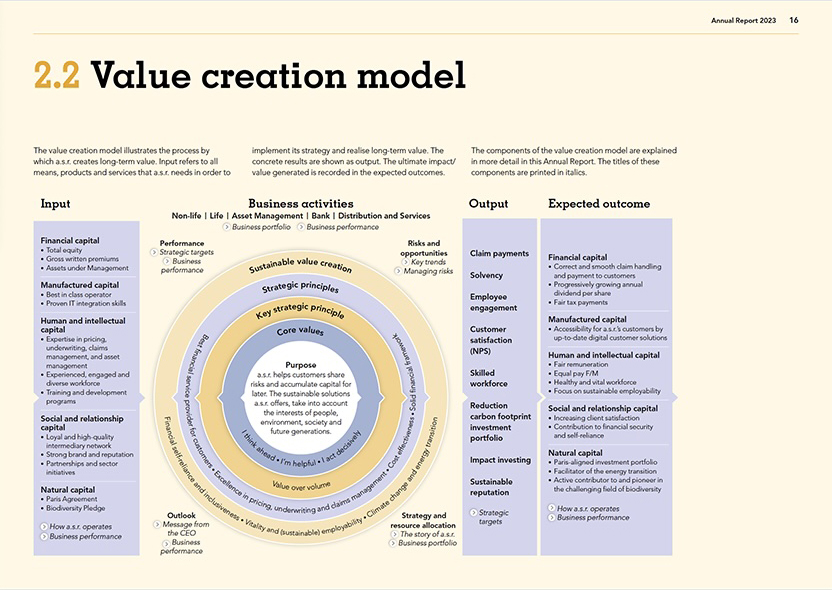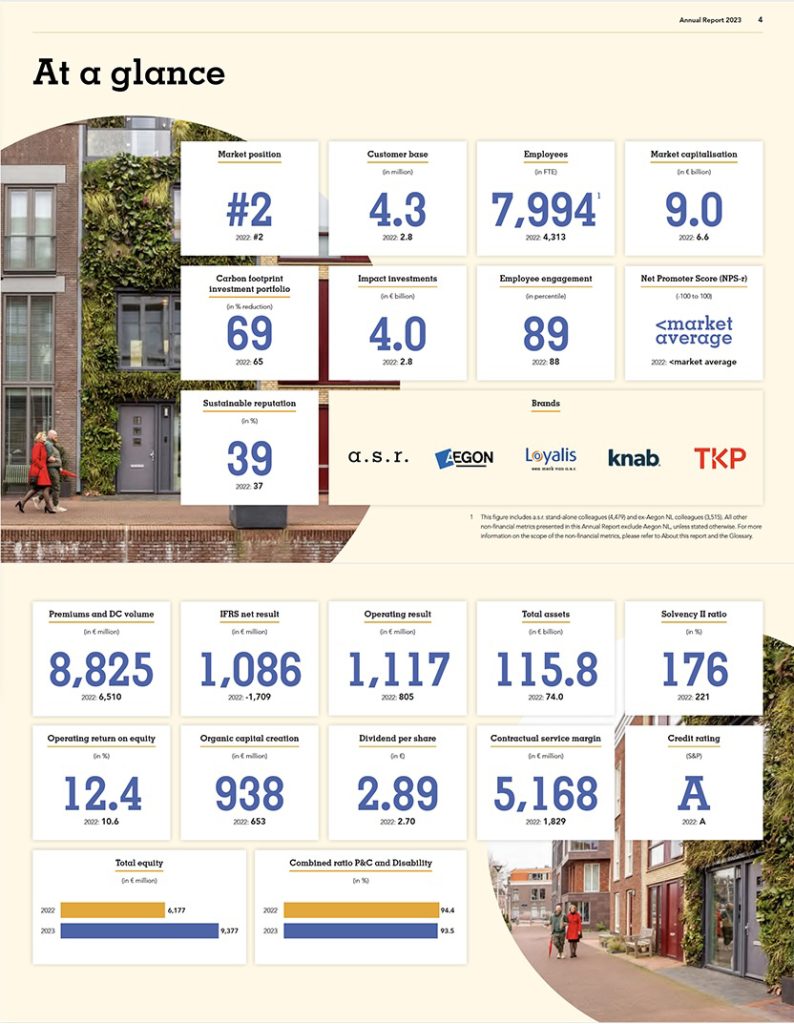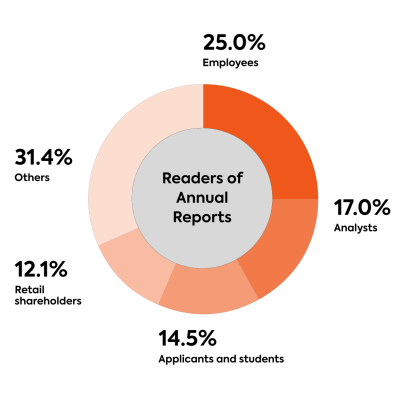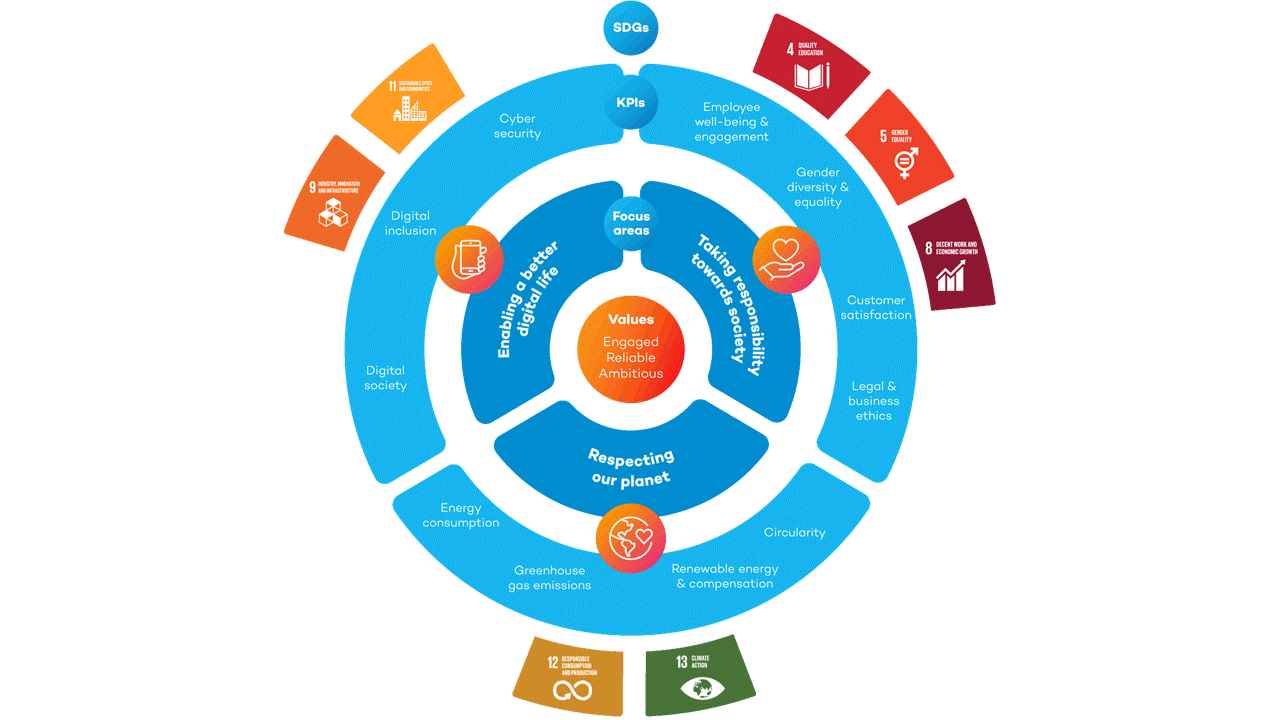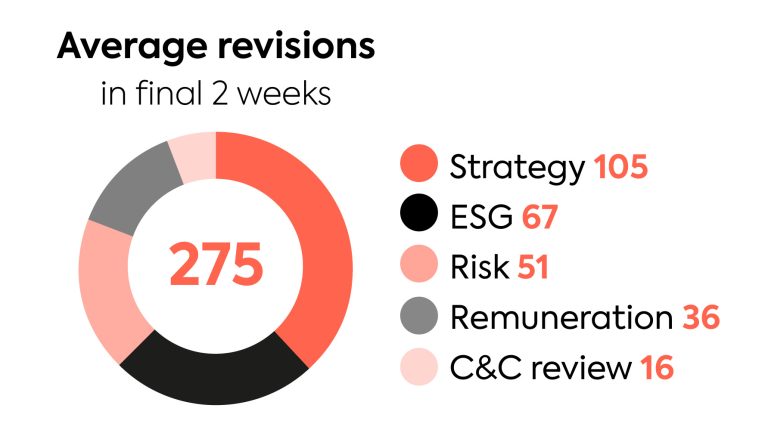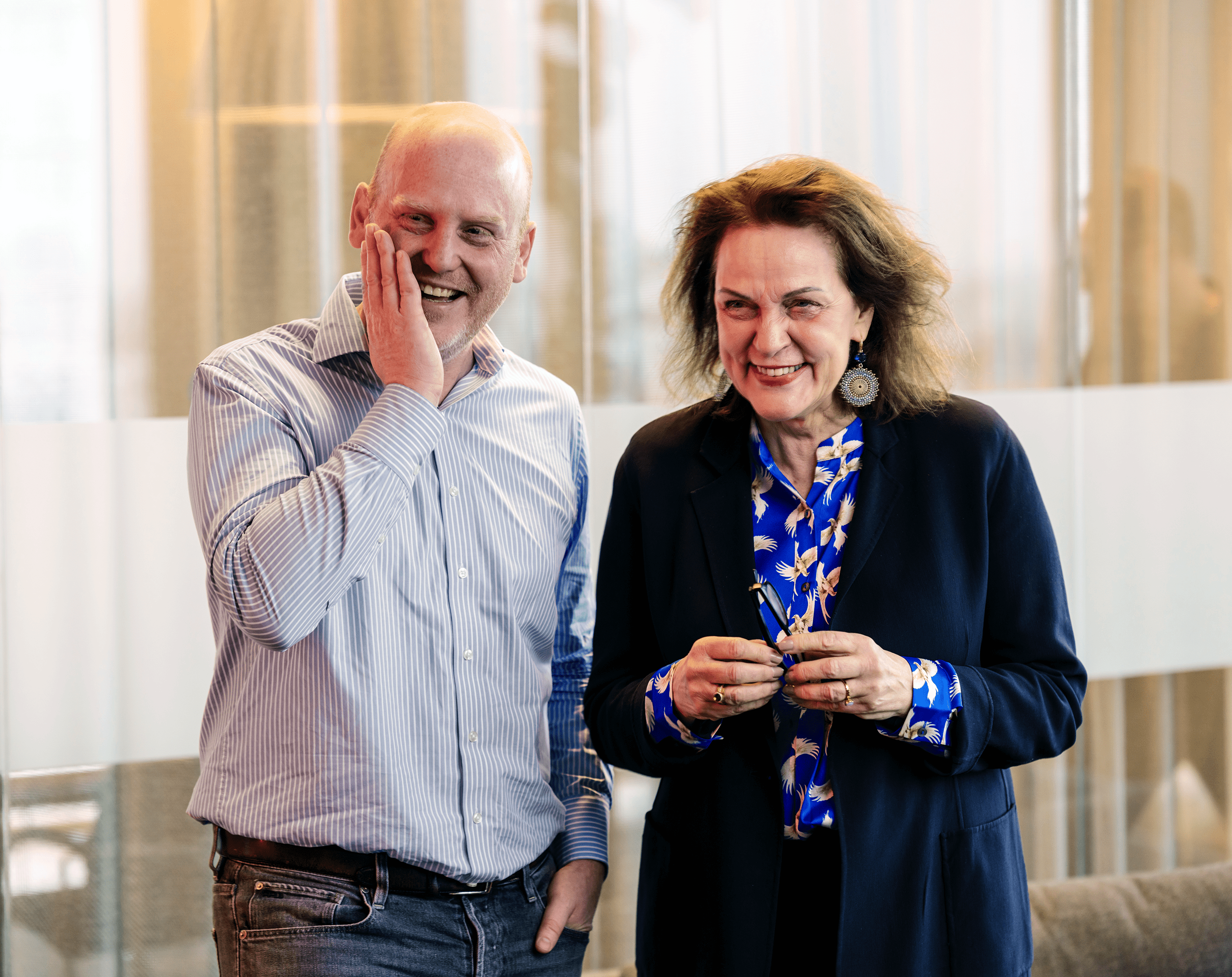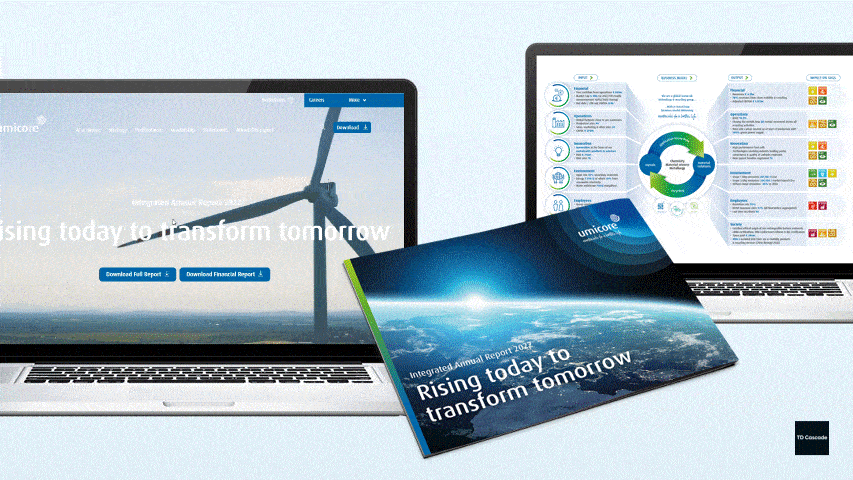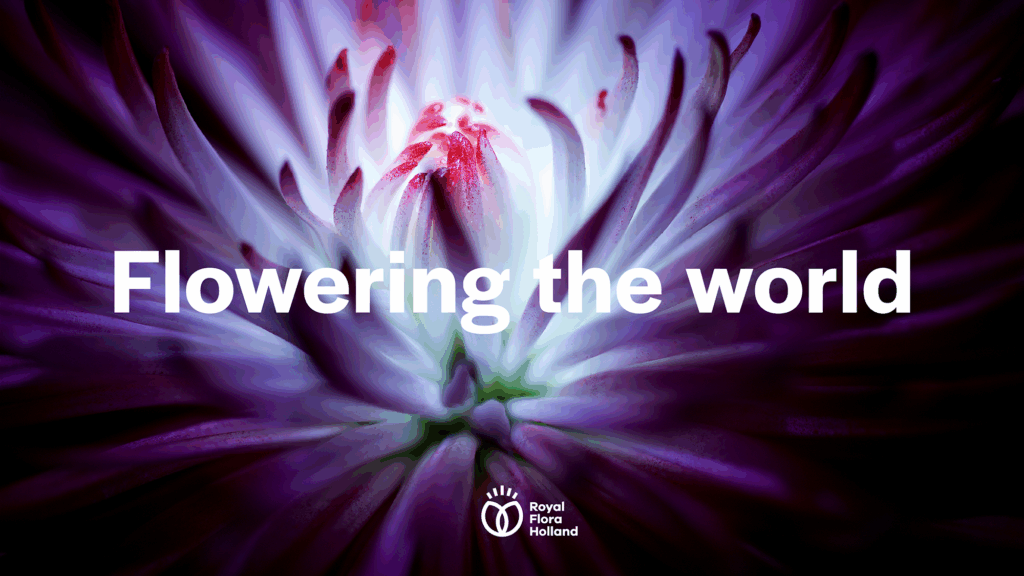
Storytelling in annual reports elevates financial metrics to a higher level: it connects strategy to results and data to meaning. It is the key to not just informing investors, customers and employees, but truly convincing them.
Why every Annual Report should be a sheep in a box
In recent years, annual reports have evolved from a mandatory exercise for financially driven stakeholders into a tool for building trust, demonstrating transparency and engaging a much broader audience. Yet many reports still remain purely informative: accurate, complete and correct, but emotionless. They meet the requirements, but fail to inspire. They speak to the head, not the heart. And it is precisely that emotional connection that makes the difference between a report that is skimmed and one that sticks.
With the arrival of the Corporate Sustainability Reporting Directive (CSRD), companies are required to report not only on performance, but also on their impact on the environment, people and society. This goes far beyond ticking boxes. It demands context, motivation and a clear vision for the future. Today’s stakeholders (investors, employees, customers and regulators) expect more than numbers. They expect purpose, authenticity and societal relevance. The key question is no longer what we have achieved, but why is matters. And that requires imagination.

The power of imagination is beautifully illustrated in ‘Le Petit Prince’ by Antoine de Saint-Exupéry. If you have read it, you will remember the moment when the Little Prince asks the pilot to draw him a sheep. None of the first drawings are good enough. Until the pilot tries something different: he draws a box with three air holes and says, “The sheep you’re looking for is inside.” That’s exactly the sheep the Little Prince wanted. He doesn’t need to see it to understand it. That empty box holds what he needs: space for meaning.
In an annual report, you can do the same, translate figures, analyses and strategies into stories and metaphors that people easily understand and remember. This makes key messages more clear and arguments more impactful. By guiding readers through a narrative, you create empathy and support. Future decisions become less abstract. Storytelling can be decisive in strategic choices or investment decisions.
Why do we tell stories? At its core, the answer is simple. We tell stories not only to entertain, but to share information, communicate values, and preserve culture. Thousands of years ago, we carved them into cave walls. Today, they are cleverly packaged into creative content. With storytelling, you are not selling a product, you are selling a brand, an idea, knowledge, or a reputation. Stories matter.
Storytelling works because it activates our brains in a deep and natural way. When we hear a story, not only are the language centers stimulated, but also the areas responsible for emotion, imagery and social understanding. This makes stories far more memorable than isolated facts, stories create emotional and cognitive connections. That is why storytelling is so powerful in an annual report: it transforms figures and results into a meaningful narrative people can relate to. The report becomes a strategic communication tool that goes beyond mere reporting.
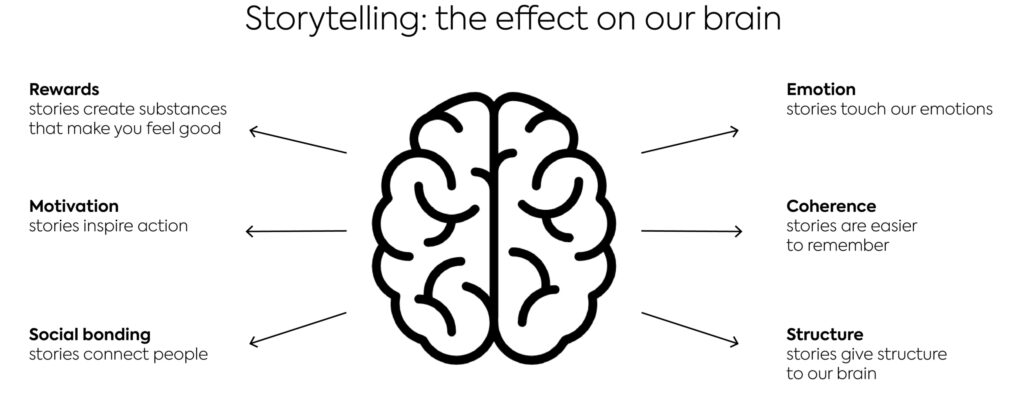
Numbers tell us what happened. Stories tell us why it matters
An annual report must be solid. The numbers clear, the accountability airtight. That is the foundation, and rightly so. But readers want more than just information. They seek motivation and meaning. A report that only informs doesn’t resonate. That is why we add an extra layer: a layer of story and significance. Not as decoration, but to bring context to life and make the organization’s mission and brand promise tangible.
Therefore, choose a clear theme, bring the essence to life through stories, give numbers meaning by linking them to real moments and make goals tangible with visuals and infographics. Those who embrace the power of imagination turn the annual report into more than a document. They create a story that sticks.
Case study: Royal FloraHolland – The story behind the flower
For Royal FloraHolland’s annual report, we advised looking beyond the required overview of figures and disclosures. We proposed placing storytelling at the heart of the report, stories that bring the essence of Royal FloraHolland to life.
The result? A visually rich and emotionally resonant report that goes beyond the familiar auction scenes of flower carts and bidding screens. Because Royal FloraHolland is more than a marketplace. It is a platform where millions of flowers and plants find their way from grower to customer every single day. And behind every flower lies a story.
Together we brought that story to light. About the grower who cultivates with passion, the buyer who chooses with care, and the flower that connects; offering comfort, hope, love or joy. By zooming in on the beauty and complexity of flowers and plants, we showed how Royal FloraHolland operates with precision and innovation to help growers get the best out of their products. Storytelling became the red thread. Not as a format, but as a means to convey meaning. The report became not just a reflection, but a reminder of what flowers truly do: touch and connect people.
Read the RoyalFlora Holland case.
Not perfect, but credible
Storytelling isn’t about embellishing the truth, it is about revealing its meaning. Ultimately, it’s not just about delivering a flawless report, but also about telling credible stories. Stories that inform and inspire. Stories that bring numbers to life. Stories in which stakeholders recognise themselves and that stay with them long after the last page is read.
Storytelling doesn’t conflict with transparency; it deepens it. It creates space for interpretation, trust and recognition, exactly what your stakeholders are looking for. So yes, draw that sheep in a box. Not because you have something to hide, but because you have something meaningful to share.
